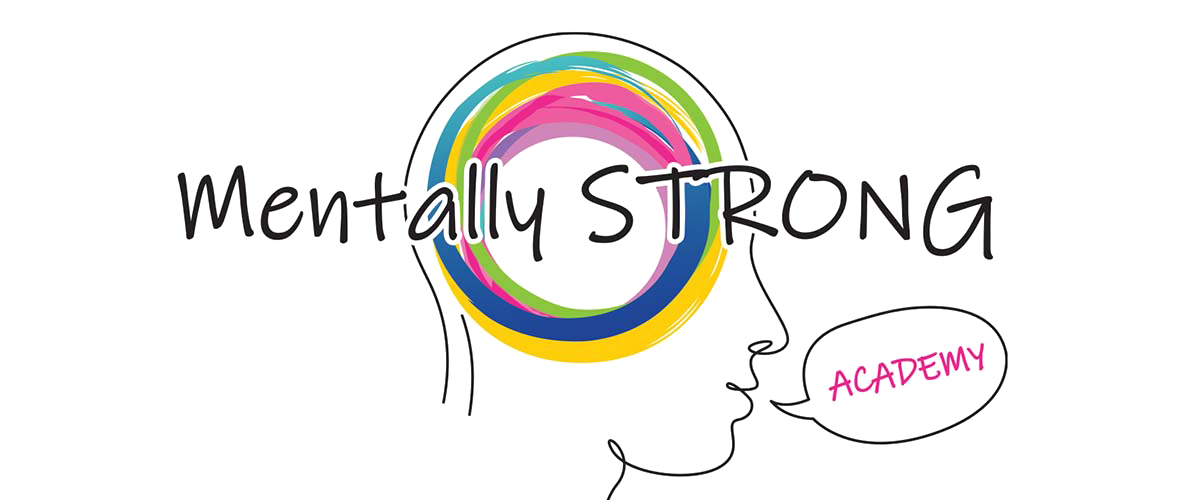Emotional Wealth: 3 Tools to Manage Your Energy Wisely
In our fast-paced lives, we often forget that emotions require energy and time. Just as we manage our finances to achieve financial goals, it’s crucial to manage our emotional budget to reach a state of well-being and self-actualization. While there’s no shortage of advice from various sources, it’s essential to find a strategy that truly works for you. As a mental health professional with over two decades of experience, I’ve battled emotional turmoil and emerged stronger. In this blog, I’ll guide you through a three-step process that has transformed my own life and could revolutionize your approach to mental well-being.

Step 1: Stop Overthinking
Overthinking is a common mental habit that drains precious energy and holds us back from making clear, positive choices. While thinking is productive, excessive rumination can be debilitating. To overcome this, learn to distinguish between productive thinking and overthinking. Practice techniques such as meditation, yoga, deep breathing, or find activities like walking or spending time in nature that help you clear your mind. Remember, just like physical exercise, training your mind to control your thoughts takes practice.
Step 2: Organize Your Emotional Budget
While many wellness strategies focus on staying positive or manifesting desires, they often overlook a crucial aspect: organization. To gain control over your emotional budget, you must assess how much energy you’re expending on different aspects of your life—past, present, and future. By organizing your thoughts and feelings into these categories, you gain a clearer perspective on where you’re investing your emotional energy. This practice helps you allocate your resources more wisely, thus preserving your emotional capital.
Start by assessing the intensity and time you spend on each emotional concern—trauma, grief, stressors, and future worries. Create an emotional budget chart that visualizes the distribution of your emotional energy. Aim to allocate no more than 30% of your energy to the past and future combined. While you can’t control the past, you can learn from it. Likewise, the future holds uncertainties, but your present choices shape it.
Step 3: Make a Choice
Choices are the bridge between knowing yourself and loving yourself. By embracing conscious choices that align with your emotional budget, you create a positive feedback loop. Start by truly knowing yourself—acknowledge your strengths and areas for growth. As you make choices that align with your desires and values, you’ll begin to like yourself more.
Recognize that self-love is a journey, not an instant destination. Every day, you make choices that shape this journey. Break free from the cycle of negative thoughts and avoidance. Embrace positive actions that lead to self-improvement and personal growth. Whether it’s taking care of yourself or others, each choice contributes to building a foundation of self-love and self-actualization.
Emotions are powerful, and managing your emotional budget is crucial for a fulfilling life. By following the three-step approach—stop overthinking, organize your emotional budget, and make conscious choices—you can create a remarkable shift in your mental well-being. Remember, this journey is a process, and every day presents an opportunity to move closer to self-actualization.
As someone who’s navigated the waters of emotional turmoil and emerged stronger, I invite you to join me in this revolution to reshape our culture of mental health. Share these insights, subscribe, and let’s embark on a transformative journey together. As a psychiatric nurse practitioner with years of experience and a survivor of hardship, I’m here to guide you toward mastering your emotional budget and achieving the self-actualization you deserve.


